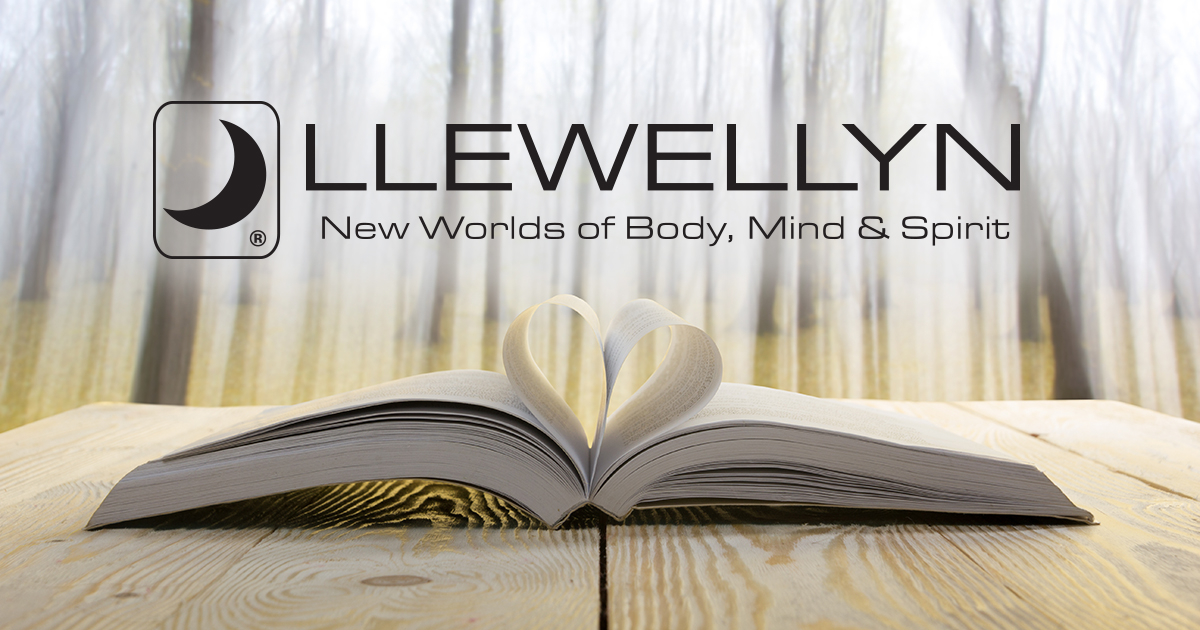4 definitions / 0 articles / 35,693 views
1. From the Sanskrit “yug” meaning union, yoga means a union between a human and the Divine. There are several different types of yoga. Most people equate it with hatha (Sanskrit “hat” “ha” meaning sun-moon), which involves moving the body into a series of positions known as asanas. Today, many people enjoy hatha yoga for its physical benefits, although when accompanied by certain muscle tension or “locks,” breathing techniques, and visualizations, it can provide more spiritual ...
2. To yoke. The union of spirit into form. The philosophical path of going within to discover spiritual nature.
3. Sanskrit word meaning “Union, to Yoke”: An Indian system, like Taoism and Western Magick, intended to develop the whole person including the psychic and spiritual bodies. The Sanskrit root not only a implies a linking with cosmic forces but also suggests the harnessing (a yoke is a harness) and control of our own energies. Yoga is a total art and science of living leading to “skill in action.”
The Sanskrit root "yug" gives rise to the following meanings:
I. ...
4. Yoking or union; an Indian spiritual tradition closely related to Tantra. While most Westerners think of Yoga as a form of exercise characterized by various asanas (postures), there are many ways to practice Yoga, and some of them do not involve physical postures at all. It can be useful to think of Yoga as a state of mental stillness, accompanied by a feeling of union or merger with all that is.






